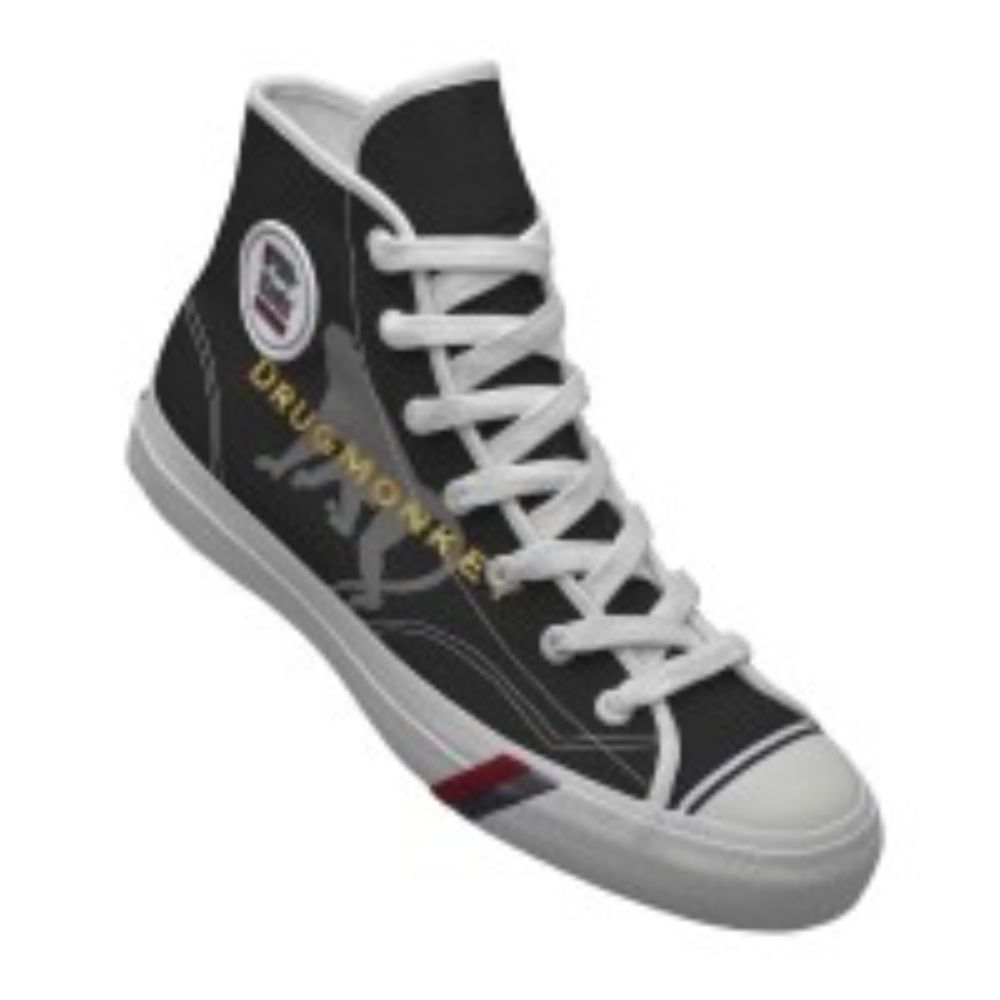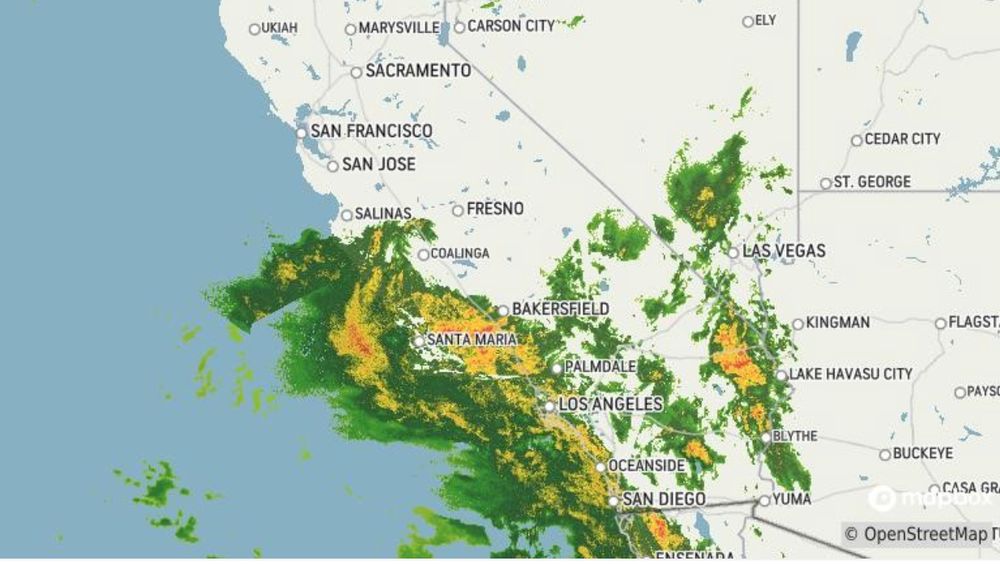
We have multiple fully funded postdoc positions, come join us!
Superbly guest edited by Stephen Liberles and @zknight.bsky.social
>20 review articles on Interoception
www.sciencedirect.com/special-issu...
Superbly guest edited by Stephen Liberles and @zknight.bsky.social
>20 review articles on Interoception
www.sciencedirect.com/special-issu...

northeastern.wd1.myworkdayjobs.com/careers/job/...
northeastern.wd1.myworkdayjobs.com/careers/job/...
as.nyu.edu/departments/...
as.nyu.edu/departments/...
go.nature.com/3MbCoZT

tessellated-materials.mpikg.mpg.de/collection
tessellated-materials.mpikg.mpg.de/collection
We introduce a new ML model, LoRAX, for predicting olfactory responses from chemical features, a tricky problem that benefits from progress in ML for biochem. We combine LoRA fine-tuning with protein and chemical foundation models, www.biorxiv.org/content/10.1...

We introduce a new ML model, LoRAX, for predicting olfactory responses from chemical features, a tricky problem that benefits from progress in ML for biochem. We combine LoRA fine-tuning with protein and chemical foundation models, www.biorxiv.org/content/10.1...
www.nature.com/naturecareer...

www.nature.com/naturecareer...




111111 miles on 11/11!

111111 miles on 11/11!



Day 20/31
Prompt RIVALS
Pdb: 8V27 & 8G6S
Two rival histone modifications on a nucleosome. Ubiquitination of H2BK120 activates genes while H2AK119 represses them.
Next: BLAST
Suggestions?

Learn more: https://scim.ag/4onaxEE

(Bif analysis was a big part of www.pnas.org/doi/abs/10.1..., for one!)
(Bif analysis was a big part of www.pnas.org/doi/abs/10.1..., for one!)




